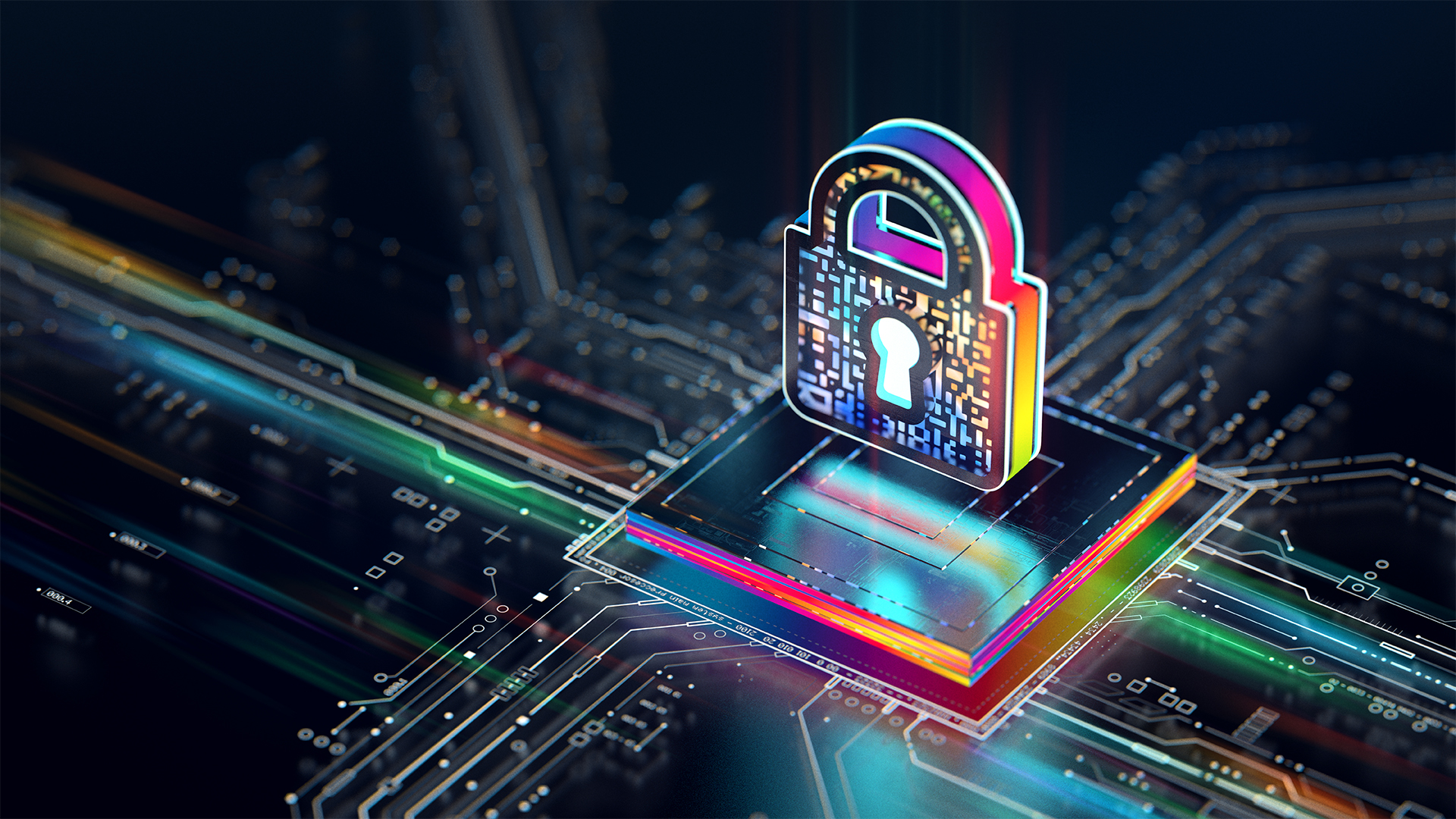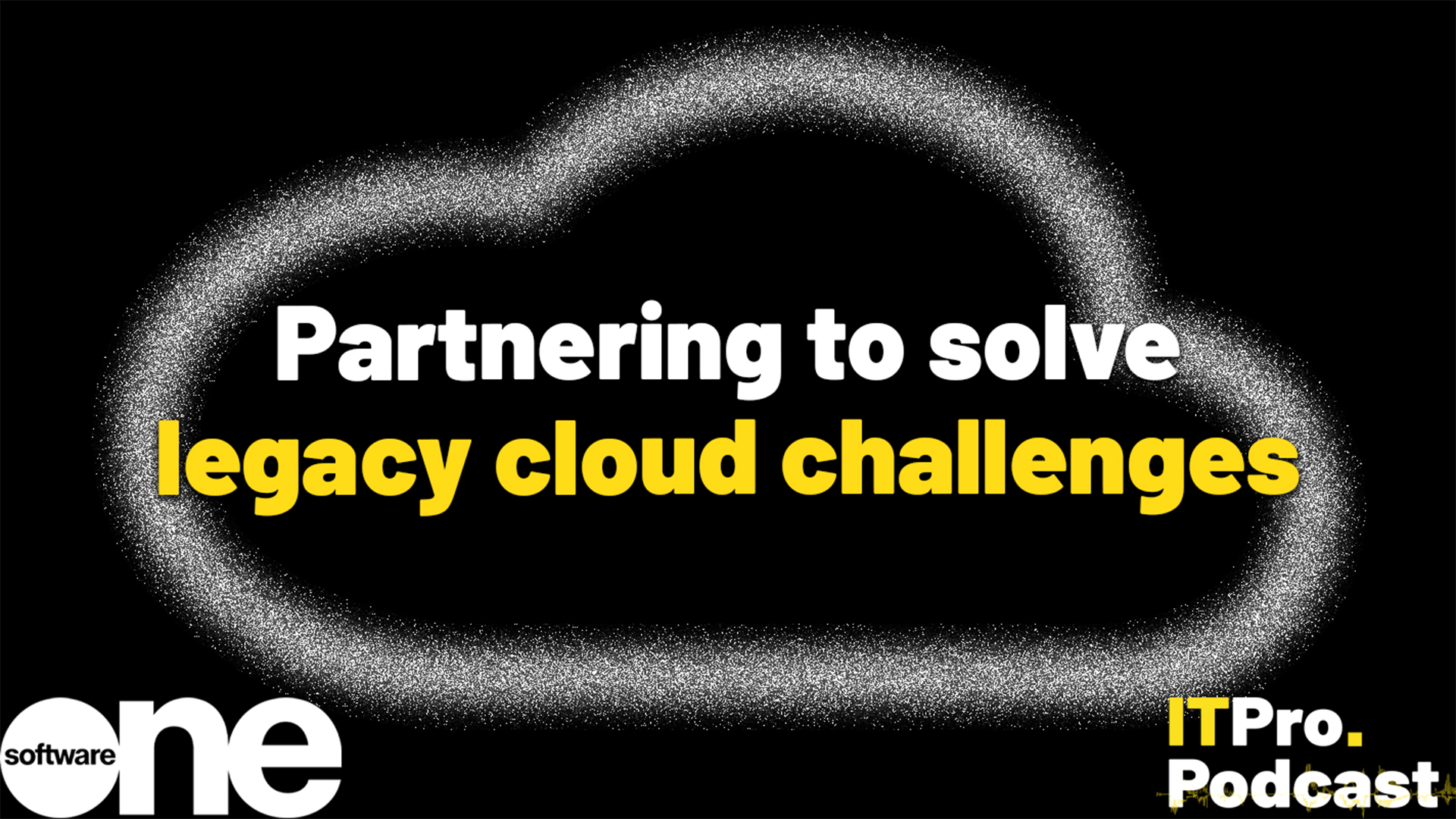An IT leader’s guide to endpoint management in an AI-centric world
With increased complexity comes the need to simplify whilst also remaining secure…

Organizations today run on more endpoints than ever before as hybrid work models and bring-your-own-device (BYOD) policies have taken root in the modern workplace.
Some 70% of workers regularly use four or more endpoints - including laptops, desktops, smartphones, tablets, and more - each day, according to Enterprise Strategy Group’s report ‘Managing the Endpoint Vulnerability Gap: The Convergence of IT and Security to Reduce Exposure.’
As the number and variety of endpoints used within an organization grows, so do their associated challenges, including user experience/productivity, IT remote monitoring, management, and support; and a rapidly growing attack surface. To successfully address these challenges, organizations need better endpoint management.
Beginning with the end(point) in mind
Remote work has become the norm for many employees, and many businesses are realizing the benefits of work-from-home (WFH) and work-from-anywhere (WFA) hybrid work models, as well as BYOD policies that permit employees to use their personal devices for work. These benefits include improved individual and team productivity, better work-life balance, lower costs due to a reduced need for office space, furniture, and utilities, greater flexibility and resilience to respond to adversity (such as the global pandemic), and new business opportunities.
Just over two-thirds (67%) of full-time employees work five days per week on business premises, 26% split the working week between home and office, and 8% work entirely from home, according to a 2023 WFHResearch study.
Providing the right tools for the job is crucial to maximizing employee productivity. Increasingly, these tools include laptops, desktops, smartphones, and other endpoint devices that empower workers and increase their efficiency and effectiveness. BYOD is one example of a trend that has been broadly embraced by modern organizations to allow their employees to use personal devices (and apps) that they prefer and are comfortable using in the workplace.
However, this focus on the user experience – while certainly a boon for the business and its employees – introduces many challenges for IT. These challenges include supporting an ever-growing number and variety of mobile devices and apps (including shadow IT apps) and walking a fine line when supporting personal devices (what happens when IT ‘bricks’ a user’s iPhone?).
Remote workers must also be able to seamlessly and securely access internal IT resources and communicate with their colleagues from anywhere. This means that IT is now responsible for ensuring technology functions both on- and off-premise, and any technology implemented must be able to accomplish the needs of the business - regardless of a user’s device or location.
Monitoring the performance of remote endpoints; managing the deployment of new devices, applications, security patches, and software updates; and supporting end users when issues arise are but a few challenges that IT must regularly contend with in the modern workplace.
Finally, the bad guys don’t make life easier for users or IT. End users already have a reputation for being the ‘weakest link’ in security and endpoints are often the largest attack surface for an organization.
Remote workers may be particularly susceptible to social engineering techniques if they feel isolated - an ‘island unto themselves’ - and have grown accustomed to working with IT team members they never meet. Thus, they may not think twice about providing sensitive account information during a support call or clicking a malicious link purporting to provide remote assistance.
Rethinking endpoint management
Whether your organization has 10 devices or 10,000, proper endpoint management is essential to keeping operations and employees productive and secure. However, managing endpoints, particularly in a changing workplace and evolving threat landscape, is not always a simple mandate.
Automation remains a focus for businesses, according to IT Pro’s 2024 Future Focus report. AI is likely to take center stage going forward, with 71% of respondents saying that it was their main focus last year and will remain their biggest priority in 2024, too.
Analyst firm Gartner’s recent CEO survey also echoed the prominence of AI in decision-making and business value conversations in the year ahead.
“AI is displacing ‘digital’ as the keyword CEOs mention the most, due in no small part to generative AI (GenAI),” said Don Scheibenreif, distinguished vice president analyst at Gartner.
“The majority of CEOs surveyed believe that the AI breakthroughs of 2023 justified the tech sector hype. They are relying on CIOs, CTOs or CDOs to unlock the value of GenAI, showing that this is a team effort when approaching these projects and not just a top-down experience.”
With agility and flexibility now a common business mantra in the modern workplace, cloud computing has become a key enabler and an important part of business strategy and operations. Cloud-focused endpoint management platforms provide centralized management and greater scalability than traditional endpoint management tools.
Defining key capabilities, features, and benefits
With a cloud-based endpoint management approach, IT teams are better able to support a remote or hybrid workforce. Endpoint management makes it easier for users to access the tools and resources they need from a remote location, eliminating the need for onsite support. Modern unified endpoint management enables a better user experience with:
- Simplified user onboarding. Automate the device onboarding process within your endpoint management platform to help your workers be productive on day one, regardless of whether they work in an office or at home.
- Proactive incident management. Endpoint management allows you to keep track of device health and status so you can proactively identify and resolve issues before they impact the user experience.
- Consistent user experience. A unified endpoint management platform enables you to tailor the user experience, automatically granting access to the resources required, thus ensuring a seamless and consistent user experience across devices and locations.
A unified endpoint management platform also provides a better experience for the IT team, enabling them to manage endpoints quickly, efficiently, and easily so they can focus on more strategic initiatives. Modern unified endpoint management enables a better IT experience with:
- Automation everywhere. Automation allows IT teams to minimize time spent on tasks that don’t need their specialized skills and hands-on experience.
- Staying on script. Scripts are a great way to automate nearly everything, such as patching, deployment, maintenance, remediation, monitoring, configuration, and more.
- Supporting devices from anywhere. A cloud-based unified endpoint management platform enables IT to manage devices from anywhere.
To scale and grow sustainably, enterprises must have a handle on their growing endpoint estates. NinjaOne helps IT professionals succeed as they navigate the challenges of a growing business and constantly evolving threat landscape. Watch a demo and start a free trial of the NinjaOne Unified Endpoint Management solution at https://www.ninjaone.com/endpoint-management
Sign up today and you will receive a free copy of our Future Focus 2025 report - the leading guidance on AI, cybersecurity and other IT challenges as per 700+ senior executives
ITPro is a global business technology website providing the latest news, analysis, and business insight for IT decision-makers. Whether it's cyber security, cloud computing, IT infrastructure, or business strategy, we aim to equip leaders with the data they need to make informed IT investments.
For regular updates delivered to your inbox and social feeds, be sure to sign up to our daily newsletter and follow on us LinkedIn and Twitter.
-
 Turning business data into business value
Turning business data into business valueSponsored Podcast Camp Australia successfully embraced the cloud through targeted digital transformation
-
 ‘Slopsquatting’ is a new risk for vibe coding developers – but it can be solved by focusing on the fundamentals
‘Slopsquatting’ is a new risk for vibe coding developers – but it can be solved by focusing on the fundamentalsNews Malicious packages in public code repositories can be given a sheen of authenticity via AI tools

